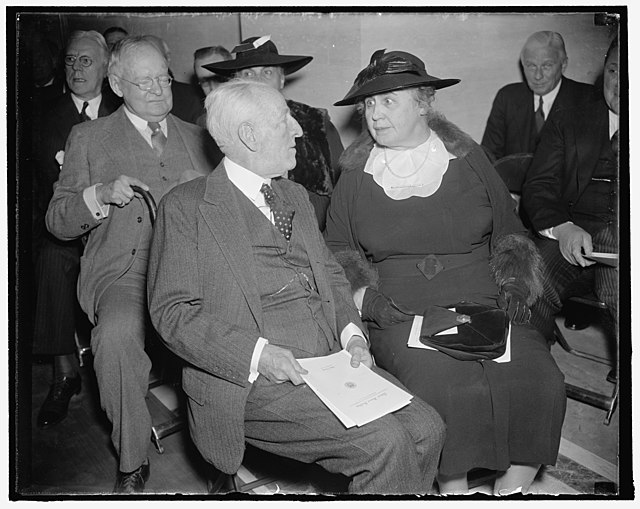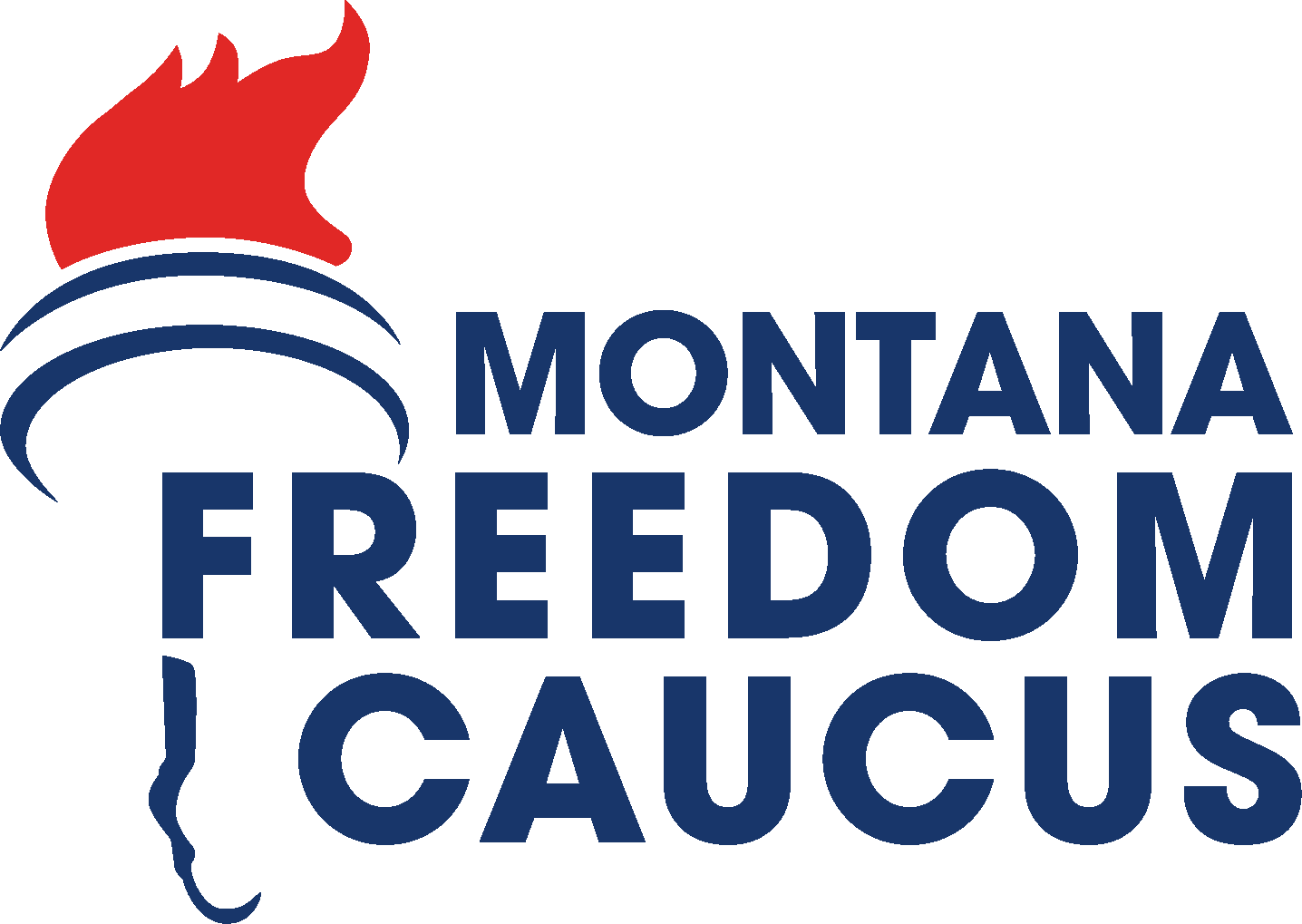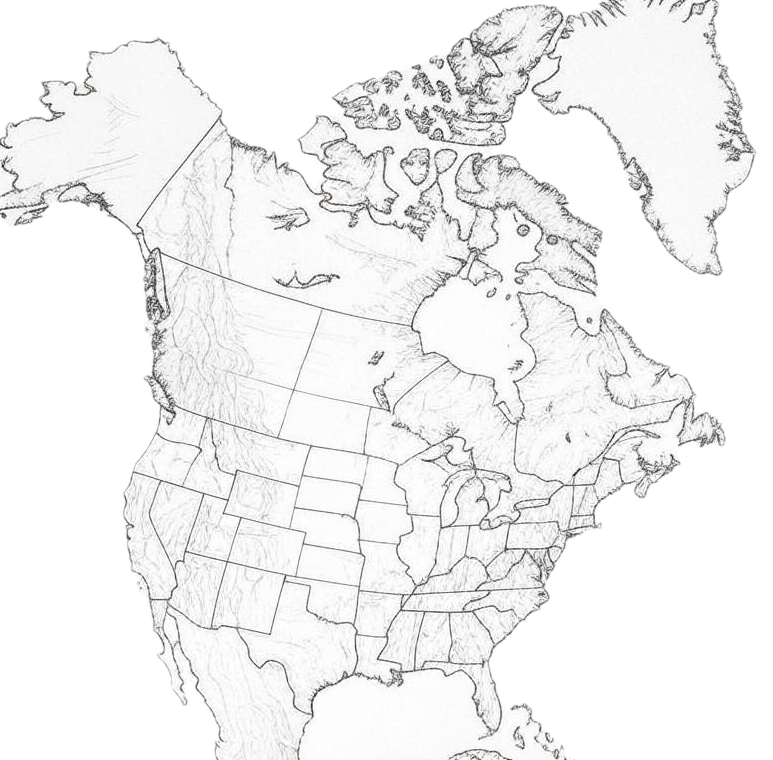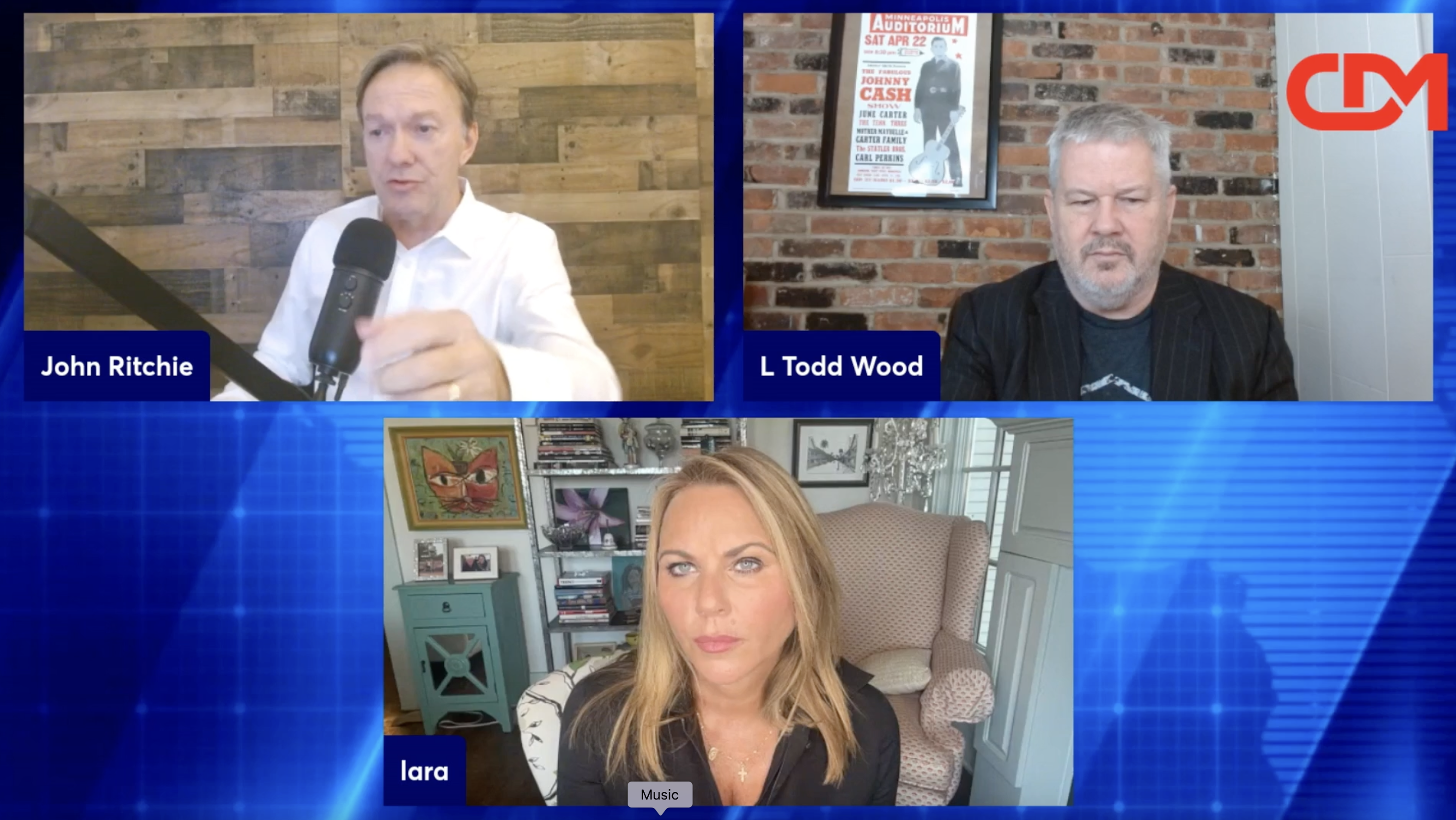
Public Domain
Please Follow us on Gab, Minds, Telegram, Rumble, Gab TV, GETTR, Truth Social
Reprinted with permission Mises Institute Alex J. Pollock
The Federal Reserve’s new report of its balance sheet shows that in the approximately six months ended March 29 it has racked up a remarkable $44 billion of cumulative operating losses. That exceeds its capital of $42 billion, so the capital of the Federal Reserve System has gone negative to the tune of $2 billion—just in time for April Fools’ Day.
This event would certainly have surprised generations of Fed chairmen, governors, and, we’d have thought, newspapermen. The Fed’s capital will keep getting more negative in April and for some long time to come, at least if interest rates stay at anything like their current level. The Fed in the first quarter of 2023 reported losses running at the rate of $8.7 billion a month.
On an annual basis that would be a loss of over $100 billion. Recalling the famous line of Everett Dirksen—about how a billion here and a billion there starts to add up to real money—we are talking about serious losses. These are cash, operating losses. The mark to market of the assets in Fed’s balance sheet also caused an unrealized loss of $1.1 trillion as of September 30.
To see the negative capital from the Fed’s weekly “H.4.1” report, one does have to do a bit of the simple arithmetic of the first paragraph. The Fed’s balance sheet claims its capital is $42 billion, but in violation of the most obvious accounting principle (from which it conveniently excepts itself), the Fed does not subtract its operating losses from its capital as negative retained earnings.
Instead, it accumulates the losses as an opaque negative liability, which balance is found in Section 6 of the report under the title “Earnings remittances due to the U.S. Treasury.” These are simply negative retained earnings: to get the right answer, you just subtract them from the stated capital.
Although the Fed itself and its defenders say that its negative capital and its losses don’t matter to a central bank, they do mean the Fed has become a fiscal drag on the American Treasury, a current cost to the taxpayers instead of a contributor of profits to it, as, just for the record, it was for more than a century.
‘NO AD’ subscription for CDM! Sign up here and support real investigative journalism and help save the republic!‘
The situation is certainly unbecoming for what is supposedly the world’s greatest central bank. Did the Fed intend to lose this much money and drive its capital negative? I think that the answer is no. Yet the Fed seems never to have explained to Congress how big a big money-loser and fiscal drag it would become.
The unprecedented $44 billion in operating losses so far, and their unavoidable continuation, are a feature of the post-1971 age of Nixonian fiat money, where the dollar is undefined in statute and unlinked from gold or silver specie.
This has allowed the Fed to have, in effect, made itself into the financial equivalent of giant 1980s savings and loan. Of the Fed’s $8.7 trillion in assets, there is a risk position of about $5 trillion of long-term fixed rate investments funded by floating rate deposits and borrowings.
Of these investments, $2.6 trillion are mortgage securities made out of 30-year fixed rate mortgages. The result is an extreme interest rate risk, which turned into big losses when interest rates rose. This interest rate risk is similar to that of Silicon Valley Bank.
The Fed knew it was creating the interest rate risk, but seems not to have expected the massive size of the losses which resulted. As an old banker told me long ago, “Risk is the price you never thought you would have to pay.”
Of course, if short term interest rates had stayed near zero, the Fed would now be reporting big profits instead of big losses. Two years ago, in March 2021, the Fed was still rapidly adding to its long term investments and to the magnitude of its risk. At that time, the Fed published projections for 2022.
In what seems unbelievable now, yet was the belief of the Fed then, the 2022 projection for the federal funds rate was 0.1 percent. The highest individual forecast was 0.6 percent. Needless to say, the reality at the end of 2022 was a fed funds rate of 4.5 percent.
That was how much the cost of the Fed’s floating rate liabilities went up and generated losses for it and the Treasury. So much for Fed foresight. This provides yet another instructive lesson in how an interest rate risk position can move against you much more than you thought.
Unfortunately, with such forecasts, and with its years of suppressing interest rates and buying trillions in long term bonds and mortgage securities, the Fed was also the Pied Piper who led the banking system as a whole into a similar risk position.
A recent National Bureau of Economic Research working paper correctly points out that for banks, the interest rate risk arises not only from long term fixed rate securities, but also from fixed rate loans. Taking all of these into account, the paper estimates the current mark to market loss of the banking system at $2 trillion.
All banks together have tangible capital of about $1.8 trillion. So using the broad NBER estimates, it looks like on a mark-to-market basis, we may have a banking system with a tangible capital in the neighborhood of zero, in addition to a central bank with negative capital. What hath the Fed wrought?
Alex J. Pollock is a Senior Fellow at the Mises Institute, and is the co-author of Surprised Again! — The Covid Crisis and the New Market Bubble (2022). Previously he served as the Principal Deputy Director of the Office of Financial Research in the U.S. Treasury Department (2019-2021), Distinguished Senior Fellow at the R Street Institute (2015-2019 and 2021), Resident Fellow at the American Enterprise Institute (2004-2015), and President and CEO, Federal Home Loan Bank of Chicago (1991-2004). He is the author of Finance and Philosophy—Why We’re Always Surprised (2018) and Boom and Bust: Financial Cycles and Human Prosperity (2011), as well as numerous articles and Congressional testimony. Pollock is a graduate of Williams College, the University of Chicago, and Princeton University. His professional and academic work is available on his website.
























